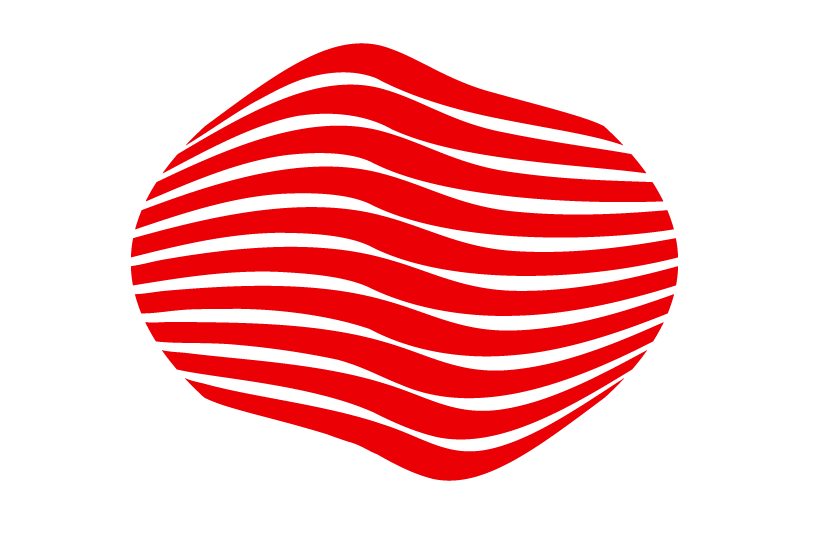6 easy steps to KINDA become a news achor…BUT NOT REALLY
THERE ARE NO MISTAKES: Sitting down in front of the interviewer with a camera pointed at you and lights all around can be intimidating. We are here to gather what we need to represent the best version of you. Take your time, relax and feel free to let us know if you need to take a break.
EYE-LINE: We will establish your ‘eye-line’. This is where you will be looking or direction you will be talking during the course of the interview. Sometimes the director will be behind the camera but have you talk as if someone is sitting next to the camera. The camera is invisible, try to act like we aren’’t there!
REPEAT THE QUESTION: When the audience is viewing the final product they will not hear the questions the Director asks you. When responding to a question it’s best to start with the question reformed in your answer so the audience understands what you're referring to. For example:
Q: “What is your favorite color?”
A: “My favorite color is…”
SUMMARIZE: The strongest statements are usually fairly short. The audience doesn’t need to get lost in the little details - think BIG picture. Sometimes if we feel an answer is carrying on too long we’ll ask you to give us the “30 second” version. It’s not that those little details aren’t important; but, we’re trying to deliver your story in bite size chunks to the audience that’s easily consumable.
DON’T INTERRUPT: On specific occasions we find ourselves interviewing two subjects at the same time. Editing these interviews into the final product is seamless when the subjects don’t speak over each other. Please wait for your interview partner to finish their thought before sharing yours. We have plenty of time.
EMBRACE THE PAUSES: Pauses are not necessarily awkward or unwelcome. They can provide a nice place to cut so that dialogue isn’t choppy. They can also be a source of natural moments used in the editing process.

